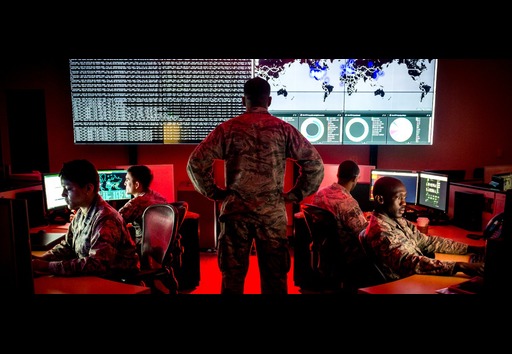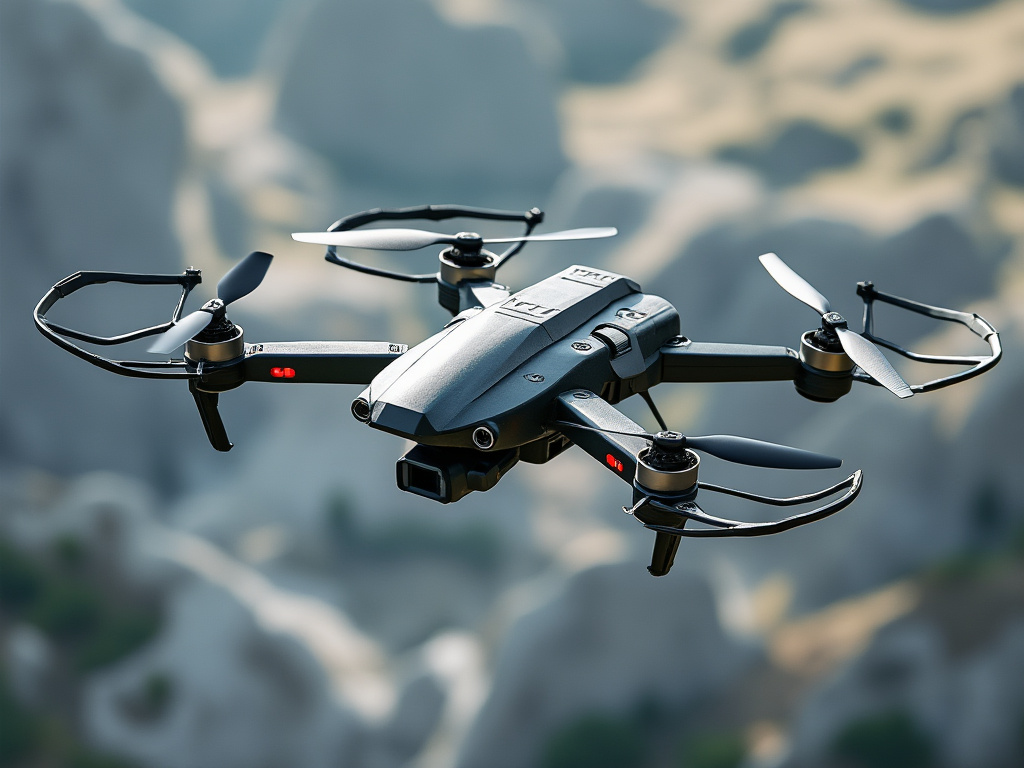THE CORE
ARMED FORCES PORTAL

Ground, Sea & Air
The Canadian Armed Forces consist of the Canadian Army, Royal Canadian Navy, and Royal Canadian Air Force. These branches work together to protect Canada on land, at sea, and in the air, while also participating in international peacekeeping missions. View current operations

Logistics & Infrastructure
A network of bases, supply chains, and maintenance facilities ensures the readiness and efficiency of the Army, Navy, and Air Force, supporting their operations both domestically and internationally. View information about Logistic Officer Roles

Network & Cyber Defence
Defending military & government networks, conducting defensive & offensive cyber activities to ensure the security of communication and data for the Army, Navy, and Air Force. Visit Canadian Centre for Cyber Security
Limiting the Human Toll
The journey towards reducing human casualties in war is driven by advancements in technology, with the ultimate hope of one day making war an archaic relic of the past.
Consumer grade FPV drones contrasted with traditional UAV’s
The evolution of battle has seen a significant shift with the introduction of consumer-grade First-Person View (FPV) drones. Unlike traditional Unmanned Aerial Vehicles (UAVs), which are larger and often require specialized training to operate, FPV drones are smaller, more agile, and at times, more precise.
These drones offer real-time video feeds and can be easily maneuvered, making them ideal for reconnaissance, surveillance, and even direct engagement in combat scenarios.
FPV drones have demonstrated notable success in modern warfare, including taking down helicopter targets and tanks. Their ability to carry small payloads and navigate through complex environments allows them to strike with precision.
The cost-benefit analysis (CBA) of using FPV drones is highly favorable, as they provide a versatile and accessible alternative to traditional UAVs, significantly reducing operational costs while maintaining effectiveness on the battlefield.

What would they have thought?
As we look back at the brave soldiers of Vimy Ridge, we can’t help but wonder what they would have thought about the evolution of warfare. From the trenches of World War I to the digital battlegrounds of today, the nature of conflict has transformed dramatically. The advent of cyber warfare, FPV drone technology, and other modern innovations has reshaped the landscape of military strategy and tactics. These advancements highlight the stark contrast between the wars of the past and the sophisticated, technology-driven conflicts of the present.
Although trench warfare is still rather common in the Russia/Ukraine conflict, it seems to be slowly but surely phasing out while military powers better adapt to emerging defence technologies.


